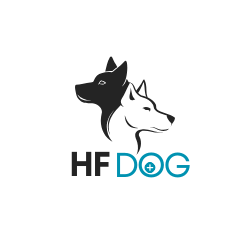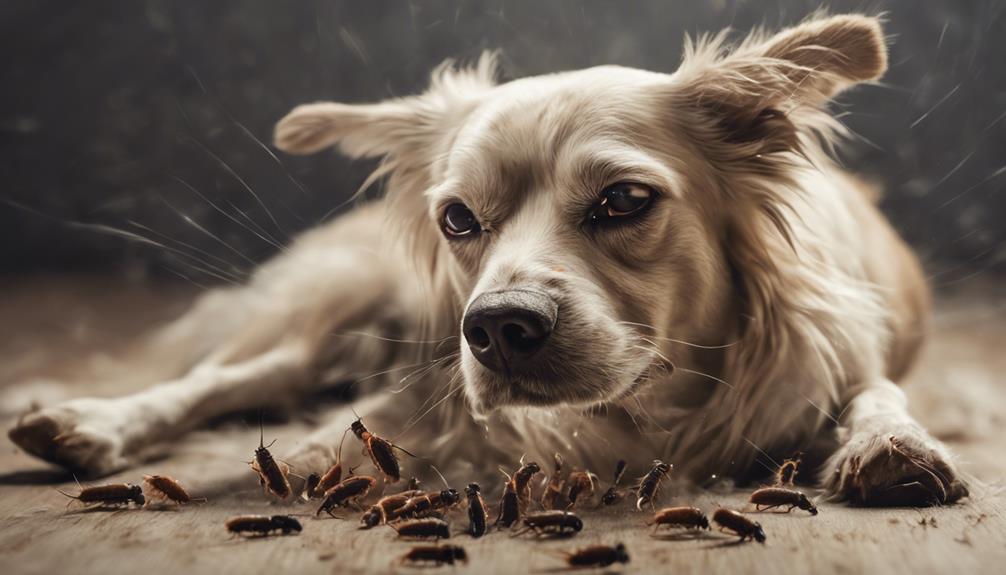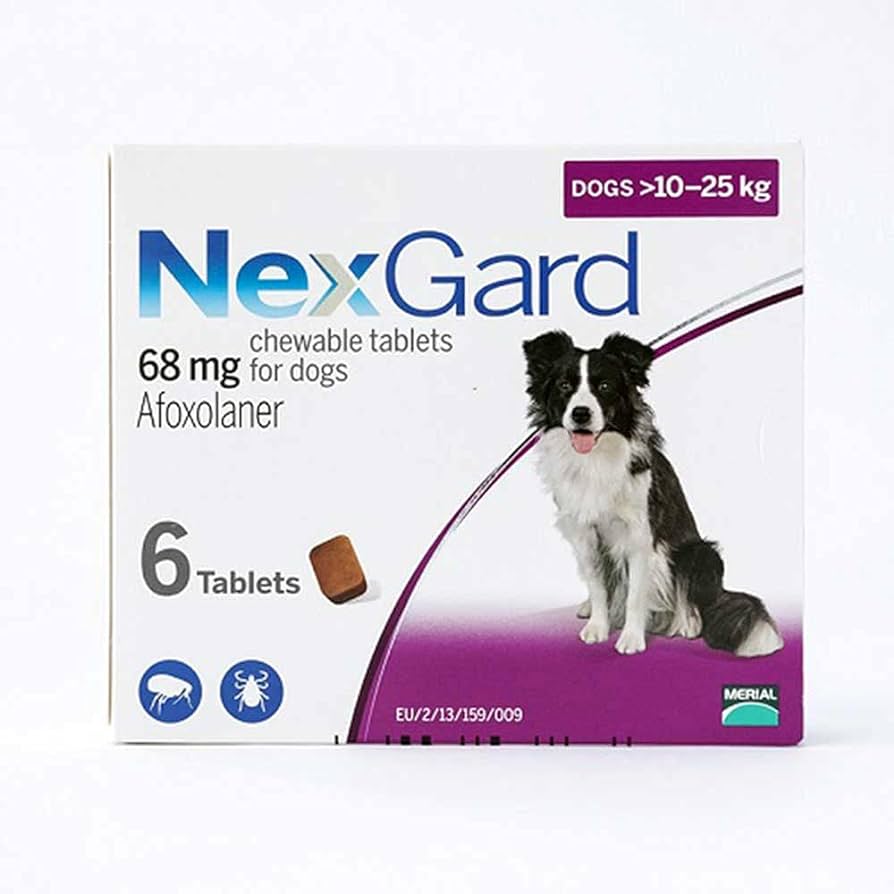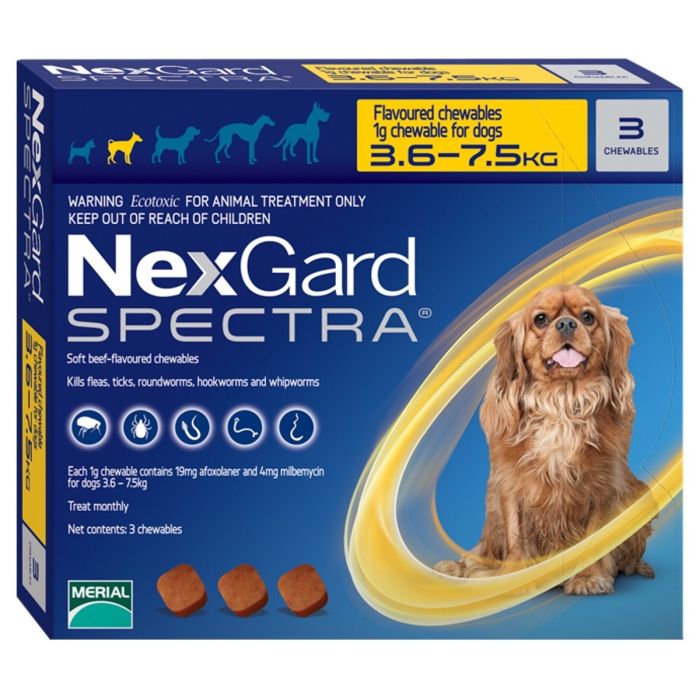Does Nexgard Kill Fleas Already on Dog
Key Takeaways
- Nexgard swiftly eliminates existing fleas on dogs.
- Starts killing fleas within hours of administration.
- Prevents future generations of fleas.
- Works proactively, killing fleas before egg-laying.
- Consistency in administration is crucial for continued effectiveness.
Understanding Nexgard and Flea Control
If you want to effectively control fleas on your dog, understanding how Nexgard works is crucial. Nexgard is an oral medication that targets fleas by disrupting their nervous system, ultimately leading to their death. This means that once your dog ingests Nexgard, it quickly gets to work, killing fleas before they’ve a chance to lay eggs and infest your pet further.
Unlike topical treatments that may require waiting for the product to dry or worrying about it washing off, Nexgard offers a convenient solution. With Nexgard, you can simply give your dog a tasty chewable tablet, and the active ingredient, afoxolaner, starts working within hours. This fast-acting formula not only kills fleas on your dog but also helps to control flea infestations in your home.
How Does Nexgard Work on Fleas?
To understand how Nexgard effectively eliminates fleas on your dog, it’s important to grasp the mechanism through which this oral medication disrupts and ultimately kills these pests. Nexgard contains a powerful active ingredient called afoxolaner. Once your dog ingests Nexgard, afoxolaner is rapidly absorbed into the bloodstream.
When a flea bites your dog, it gets exposed to afoxolaner. This active ingredient works by interfering with the nervous system of fleas. Afoxolaner targets specific receptors in fleas that are essential for transmitting nerve impulses. By binding to these receptors, afoxolaner causes hyperexcitation in the fleas’ nervous system, leading to paralysis and death of the fleas.
This fast-acting mechanism ensures that fleas are swiftly eliminated from your dog’s body. Nexgard’s effectiveness in killing fleas quickly makes it a popular choice for flea control in dogs.
Effectiveness of Nexgard Against Existing Fleas
When treating an infestation, Nexgard swiftly eliminates existing fleas on your dog. This oral medication works by targeting the fleas’ nervous system, causing hyperexcitation and ultimately leading to their death. Within hours of administration, Nexgard starts killing fleas, providing relief to your furry friend. The active ingredient, afoxolaner, is rapidly absorbed into your dog’s bloodstream, ensuring quick action against the existing flea population.
Unlike some topical treatments that require fleas to bite your dog before being effective, Nexgard works proactively, killing fleas before they’ve the chance to lay eggs. This not only helps in eradicating the current infestation but also prevents future generations of fleas from developing.
It’s essential to continue administering Nexgard as directed by your veterinarian to maintain its effectiveness and keep your dog flea-free. Remember, consistency is key in ensuring that Nexgard continues to protect your pet from pesky fleas.
Factors Influencing Nexgards Flea Killing Ability
Factors such as the environment, your dog’s health, and consistent dosing play a significant role in influencing Nexgard’s flea killing ability.
The environment your dog is exposed to can impact the effectiveness of Nexgard. Fleas in the environment can re-infest your dog, affecting the overall flea control. Ensuring a clean living space for your dog can complement Nexgard’s efficacy.
Your dog’s health is another crucial factor. A healthy dog with a strong immune system can better fight off fleas, aiding Nexgard in its flea-killing action.
Consistent dosing is essential. Skipping doses or not adhering to the recommended schedule can compromise Nexgard’s ability to eliminate fleas effectively. By following the dosing instructions diligently, you optimize Nexgard’s performance in eradicating fleas from your dog.
These factors work in conjunction with Nexgard to enhance its flea-killing capabilities, ensuring a more effective flea control strategy for your furry companion.
Tips for Ensuring Nexgards Flea Elimination
For optimal flea elimination with Nexgard, remember to consistently administer the recommended dosage to your dog. It’s crucial to give Nexgard to your furry friend once a month, without skipping any doses, to ensure continuous protection against fleas. Make it a routine by marking your calendar or setting a reminder on your phone to help you remember each dose.
Additionally, ensure that your dog consumes the Nexgard tablet directly and doesn’t spit it out. You can hide the tablet in your dog’s food or treat to make it more appealing. It’s important to monitor your dog after giving Nexgard to confirm they’ve ingested it.
Regularly check your dog for any signs of fleas, such as excessive scratching or redness on the skin. If you notice any fleas, continue with Nexgard as prescribed, as it will work to eliminate the current infestation and prevent future ones. Following these tips will help maximize Nexgard’s flea elimination effectiveness and keep your dog flea-free.
Frequently Asked Questions
Is Nexgard Safe for Pregnant or Nursing Dogs?
Nexgard is generally safe for pregnant or nursing dogs, but always consult your vet before using any medications. They can provide guidance tailored to your dog’s specific needs and health conditions.
Can Nexgard Be Used on Puppies Under a Certain Age?
Yes, you can use Nexgard on puppies over a certain age. It’s important to follow the recommended guidelines from your vet. Keeping your puppy flea-free is essential for their health and comfort.
How Long Does It Take for Nexgard to Start Killing Fleas on My Dog?
To start killing fleas on your dog, Nexgard typically takes around 4 hours. It’s effective against fleas within hours of administration. Remember to continue treatment as directed for complete protection against these pesky critters.
Can Nexgard Be Used in Conjunction With Other Flea Control Products?
Yes, you can use Nexgard alongside other flea control products. It’s important to consult your vet to ensure compatibility and effectiveness. Combining treatments can provide comprehensive protection against fleas and ticks, keeping your pet safe.
What Should I Do if My Dog Vomits After Taking Nexgard?
If your dog vomits after taking NexGard, contact your vet for guidance. It’s important to monitor your pet’s health closely. Keep track of any symptoms and follow your vet’s advice to ensure your dog’s well-being.
Conclusion
Overall, Nexgard is effective in killing fleas on dogs, including existing infestations. By understanding how Nexgard works and following proper administration guidelines, you can ensure optimal flea control for your pet.
Remember to consult with your veterinarian for the best flea prevention plan tailored to your dog’s specific needs.
With Nexgard, you can keep your furry friend protected from pesky fleas and enjoy a happy, healthy pet.








